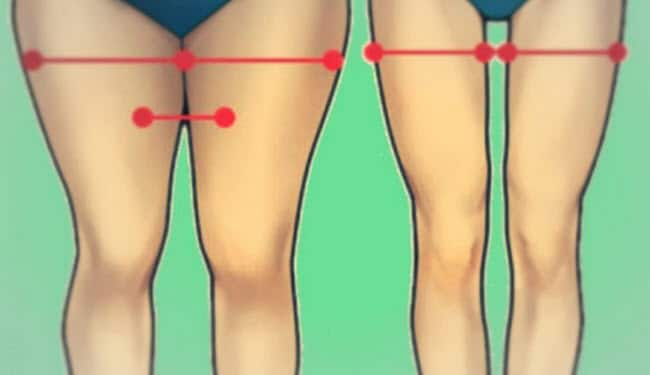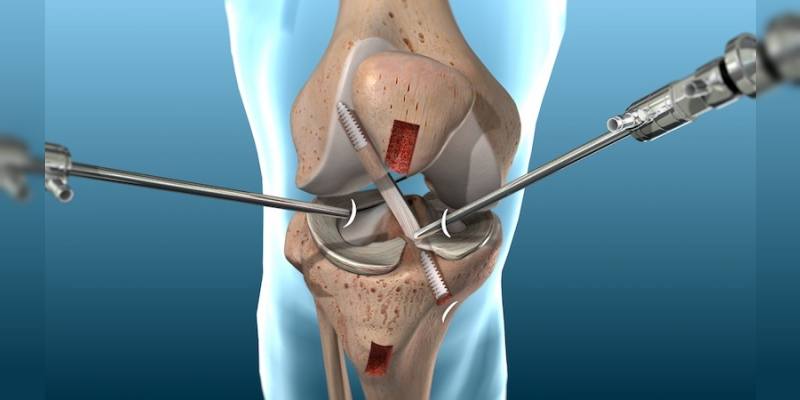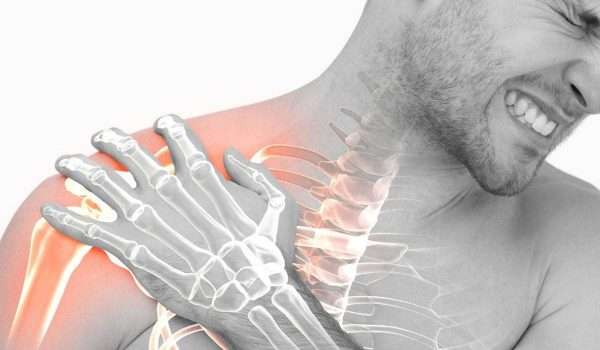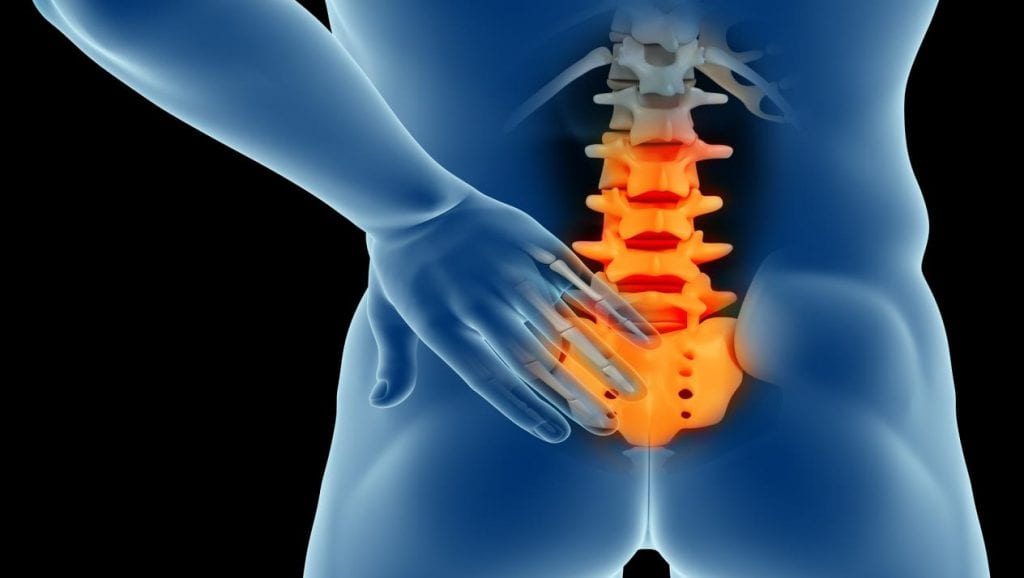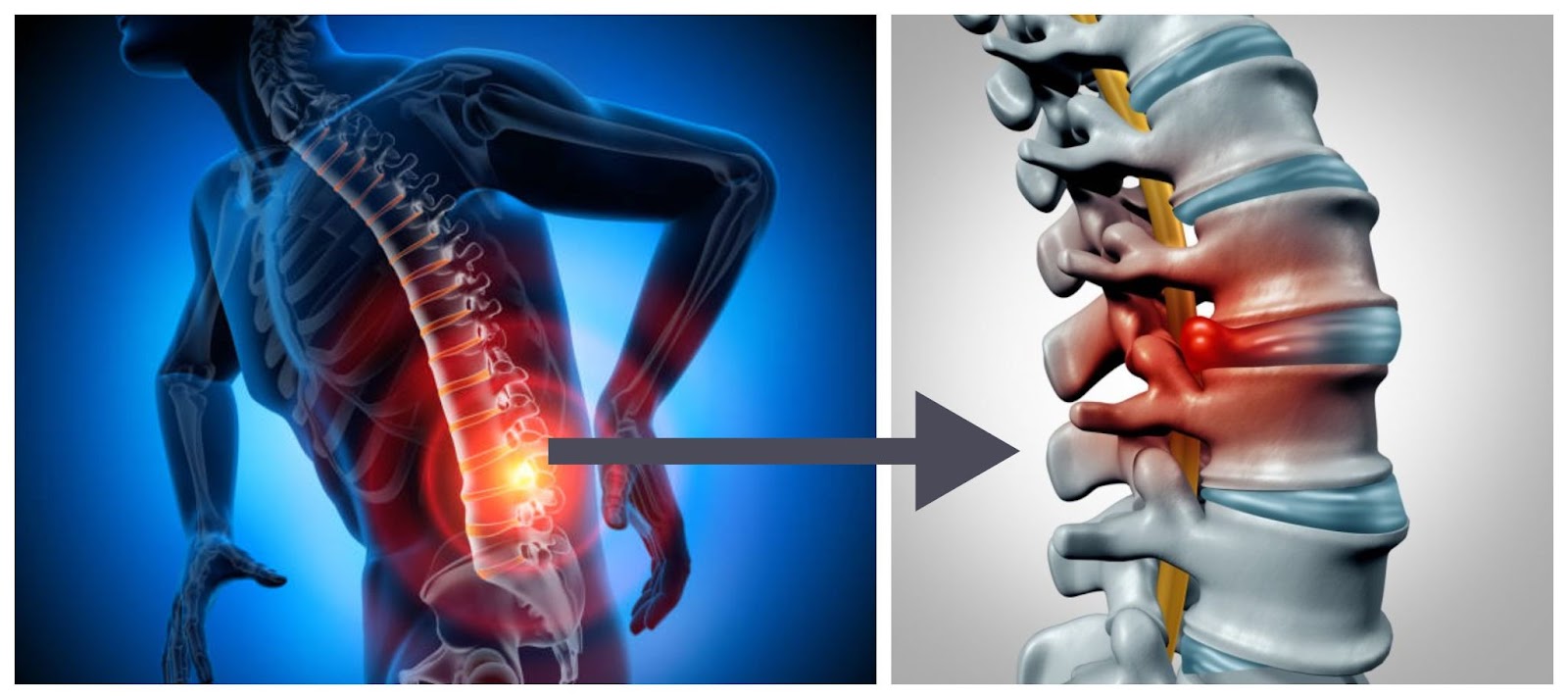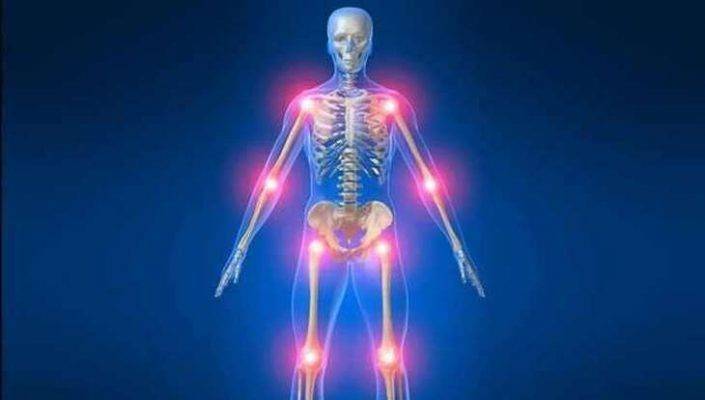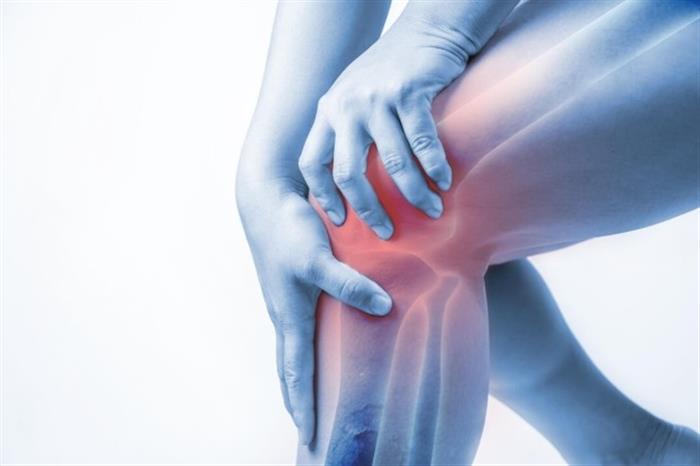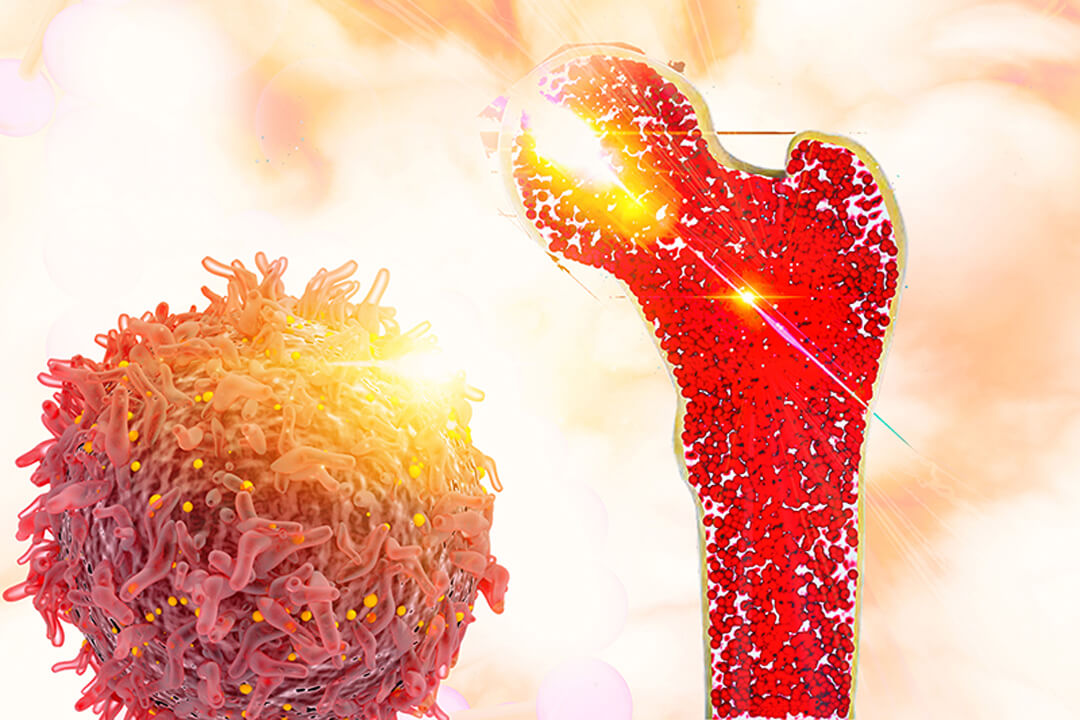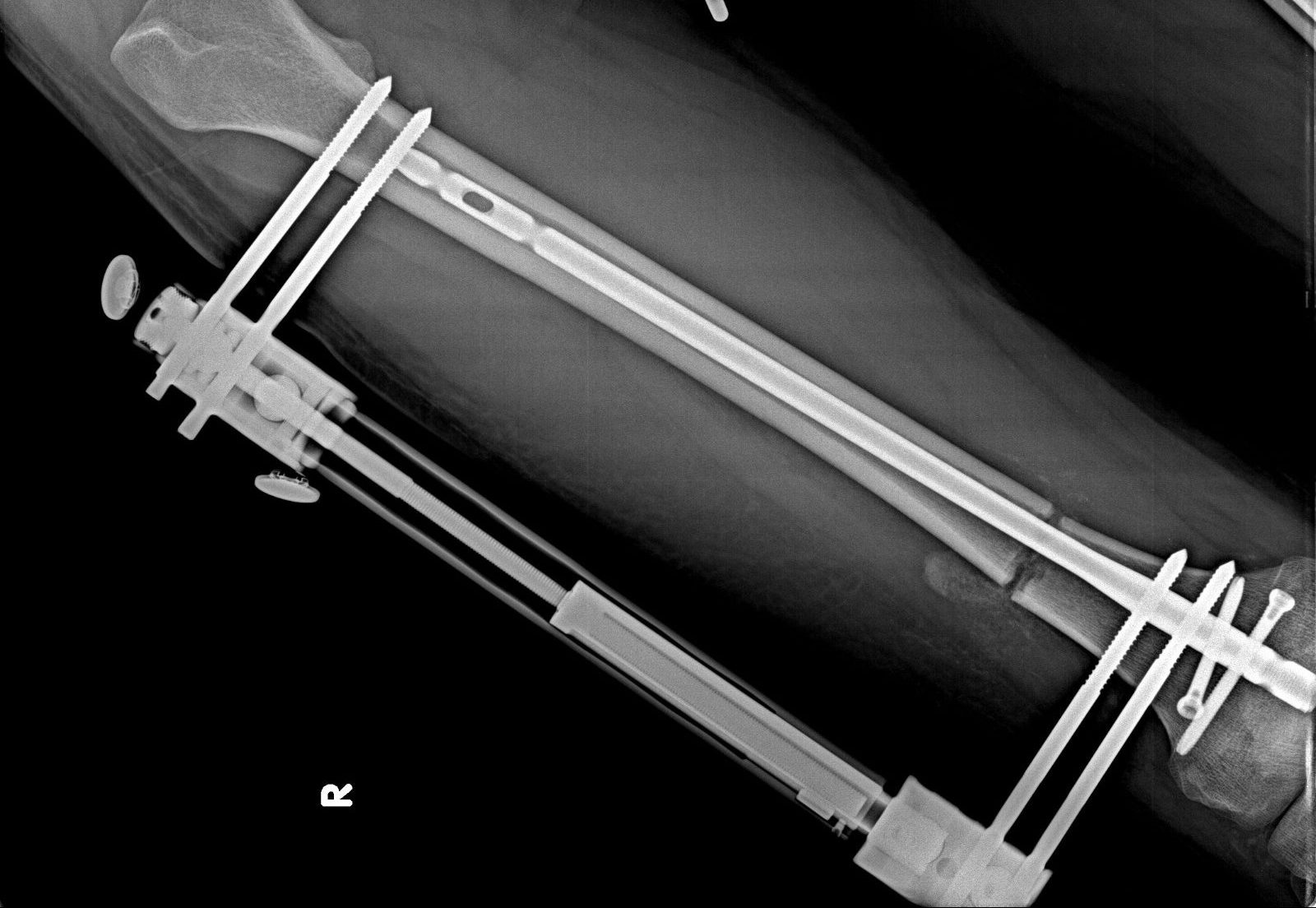Best Orthopedic and Spine Doctor in Egypt and How can I know if my spine is affected?
Best Orthopedic and Spine Surgeon in Egypt, there are many specialized doctors in the field of bones and spinal surgery, but finding the right doctor can be a difficult task and requires proper treatment for the associated problems, a careful selection of the right doctor. In this article, we will take a close look at the best specialists in orthopedic and spinal surgery in Egypt.

Best Orthopedic and Spine Surgeon in Egypt
Dr. Amr Amal is one of the best orthopedic and spinal surgeons in Egypt, and he is distinguished by his skills and vast experience in this field, making him an important reference for patients looking for effective treatment and high quality. Dr. Amr Amal provides high-quality services to patients.
Through the use of modern and effective techniques in orthopedic and spinal surgery, and thanks to his extensive experience, he is able to provide comprehensive care for different types of orthopedic surgeries, including bone fractures, hip replacement operations, and spinal surgeries.
What distinguishes Dr. Amr Amal is his affiliation with the Egyptian Orthopedic Association, which indicates his professionalism and mastery in this medical field. He enjoys a good reputation among patients and colleagues due to his skills and his benefit from the latest updates and innovations in the treatment of bone diseases.
Benefit from the experience of Dr. Amr Amal, the specialist in spinal surgery, to get the distinguished and effective treatment.
What does an orthopedist do?
The orthopedist is a specialist in the diagnosis and treatment of bone, joint, and ligament diseases, and these doctors work in a variety of environments, from hospitals and medical centers, to the possibility of opening their own clinics. They spend their time between examining patients in clinics and performing surgical interventions.
The role of the orthopedist is not limited to diagnosing diseases, but also includes the use of medications and surgical interventions as means of treatment. The orthopedist seeks to achieve the healing of patients and improve their health and quality of daily life, and they may deal with problems related to fractures, sprains, and joint problems.
In addition to bone deformities, orthopedics specialties are diverse and comprehensive, and specialized doctors in this field can work in a variety of different specialties and perform multiple surgical operations, and these specialties include:
- Traditional Orthopedic Surgery: The traditional orthopedic surgeon deals with the repair of fractures and fixation of bones using screws, arches, and metal plates.
- Joint Replacement: The orthopedist in this field works on replacing damaged joints, such as the hip or knee joint, with artificial joints to relieve pain and restore natural movement.
- Spinal Surgery: The orthopedist in this department deals with the treatment of problems related to the spine, such as disc herniation, arthritis, and stenosis resulting from disc degeneration.
- Sports Medicine: Orthopedists in this field work on the diagnosis, treatment, and prevention of sports injuries related to bones and joints.
- Bone Deformities: The orthopedist specializing in bone deformities treats conditions such as the first arterial palsy, clubfoot, and forearm palsy.
- Treatment of Degenerative Bone Diseases: The orthopedist treats these diseases that affect the joint cartilage, such as arthritis and avascular necrosis.
Book your appointment now with Dr. Amr Amal for a comprehensive consultation and accurate assessment of your health condition and needs.

What is Spinal Surgery?
Spinal surgery is the specialized surgical procedure taken when there is an urgent need for a surgical intervention to treat spinal problems. These surgeries include, for example, correcting the spine for scoliosis or kyphosis in the traditional way or through minimally invasive intervention.
Spinal deformities such as scoliosis, kyphosis, fractures, and tumors require major surgical procedures involving both the anterior and posterior aspects of the spine. However, when it comes to excessive pressure on the lumbar spine joints, minimal invasive procedures are needed.
When a spinal specialist recommends surgical treatment, spinal surgeries are performed in different cases of diseases affecting the back, and spinal treatment, also known as back surgeries, are considered one of the most sensitive surgical procedures that require high professionalism, experience, and medical skill.
The spine is composed of a number of bones known as vertebrae that extend from the skull to the coccyx, and spinal surgery is a sensitive and highly important procedure, so evaluating the condition and determining the appropriate procedure requires experience and specialization from a qualified spine specialist.
Learn about the latest techniques and treatments provided by Dr. Amr Amal to treat spinal problems efficiently.
How do I know if my spine is injured?
The spine is considered one of the most important parts of the human body, as it plays a critical role in supporting the skeletal structure and protecting the spinal cord inside it. Some people may face problems related to the spine due to injury or various diseases, and among these problems may be spinal injuries that can affect body functions and quality of life.
The symptoms of spinal injury vary depending on the location and nature of the injury. Routine signs may indicate the presence of tension or pain in the area of the injured spine. Among the common signs that can be observed are temporary loss of movement in the injured area, in addition to loss or change of sensation in that area, and the injured person may also suffer from loss of control over the intestines or bladder.
When a spinal injury is suspected, additional signs may indicate the need for immediate medical examination. Severe pain in a specific location that points to the damaged vertebra or vertebrae may appear, and the person may also suffer from kidney pain, which is an important sign that may indicate swelling or inflammation in the area around the damaged vertebrae.
In addition, numbness in the lower or upper limbs indicates an injury to the spinal cord inside the spine, and this numbness is characterized by a tingling or prickling sensation in the limbs, which is an important sign that should be taken into account. If you are experiencing some of these symptoms, it is essential to consult the specialist doctor immediately.
Trust the experience of Dr. Amr Amal in performing precise surgeries and effective medical interventions to achieve satisfactory results.

Types of Spinal Surgery
Spinal surgery is a surgical procedure performed to treat back and spine problems. It is important that you have a good understanding of the different types of procedures available to treat these problems. In this exclusive article, you will learn about the different types of spinal surgeries and the function of each type:
- Lumbar Spinal Canal Expansion:
- It is performed to treat cases of lumbar spinal stenosis.
- Aims to expand the space inside the spinal canal to relieve pressure on the nerves and spinal cord.
- Vertebral Fixation and Open Spinal Surgeries:
- Used in cases where the joints are significantly affected and provide better stability for the vertebrae.
- The vertebrae are fixed by inserting fixation materials such as screws and rods.
- Laminectomy:
- Used in cases of abnormal growth of the posterior part of the vertebrae.
- Aims to remove the bony part that affects the spinal cord and nerves.
- Endoscopic Surgery:
- Used in cases of spinal canal stenosis where the cartilage causes pressure on the nerves.
- Uses an endoscope to perform a precise operation without a large opening in the back.
- Disc Removal:
- Used to treat disc herniation.
- The protruding part of the disc is removed.
- Laminectomy:
- The bone from the posterior part of the vertebrae is removed to provide space for the spinal cord and nerves.
- Fusion:
- Used in cases of loss of vertebral stability.
- Aims to stabilize the affected vertebrae to achieve stability.
- Artificial Discs:
- The damaged disc is replaced with an artificial disc.
- Help maintain movement between the vertebrae and relieve pain.
These are the most important types of spinal surgeries available, and please note that surgery is not the final solution for all cases, as the specialist doctor must carefully evaluate your condition to determine the appropriate intervention.
Contact Dr. Amr Amal to get personalized care and individual attention in treating spinal problems.
What are the most dangerous vertebrae in the spine?
C1 and C2 vertebrae are the most dangerous vertebrae in the spine, especially in the elderly, and injury to these vertebrae poses a great danger to the body. Although the occurrence of an injury to them is considered difficult, the C1 and C2 vertebrae are located at the top of the neck and have a major role in linking the head to the spine.
The C1 vertebra, also known as the atlas, and the C2 vertebra, known as the axis, are the first and second cervical vertebrae, respectively. The atlas is responsible for supporting and carrying the weight of the head, while the second cervical vertebra, the axis, allows for rotational movement of the head from right to left.
Injuries to the C1 and C2 vertebrae in some critical and dangerous cases can cause damage to the spinal cord and surrounding nerves, and the diagnosis and treatment of these injuries requires specialized surgical expertise and intensive care. One of the common injuries to the C1 vertebra is a fracture, which usually occurs as a result of car accidents and violent sports.
As for the C2 vertebra, the common injuries include axis fracture, which can occur due to a strong fall on the neck or violent sports accidents. Potential complications of C1 and C2 vertebral injuries may include nerve damage and surrounding blood vessels, which may be accompanied by symptoms such as neck and back pain, headache, and a feeling of anxiety.
In addition, blood clots may occur as a result of the injury, which can harm the blood supply to the brain and cause serious health problems. When an injury to the C1 and C2 vertebrae occurs, the patient usually requires a surgical procedure called vertebral fixation or spinal fusion, which involves complex and precise procedures to stabilize the vertebrae using screws or rods.
Consult Dr. Amr Amal to get the right advice and medical guidance to improve your health and quality of life.

The Difference Between Neurology and Spinal Specialties
There is a significant difference between neurology and spinal specialties, as each specialty focuses on different aspects of the nervous system and its related conditions. Neurology is a medical field that focuses on the study and treatment of diseases and disorders of the nervous system, including issues such as headaches, epilepsy, hemiplegia, paraplegia, and degenerative nerve diseases.
In addition to neurological tumors and potential nerve injuries, the role of the neurologist is not limited to diagnosis, but also includes the use of medications and surgical interventions as means of treatment. The neurologist seeks to achieve the healing of patients and improve their health and quality of daily life.
On the other hand, spinal specialty deals specifically with problems related to the spine and the neurons associated with it. This includes issues such as disc herniation, vertebral dislocation, scoliosis, neck pain, back pain, and benign and malignant tumors in the spine.
Although neurology and spinal specialties are closely related in many medical cases, it is important to understand and recognize the fundamental differences between them. The main focus of the neurologist is the diagnosis and treatment of neurological diseases and disorders in the body, while the focus of the spinal surgeon is the diagnosis and surgical treatment of conditions specifically related to the spine.
To ensure optimal patient care, neurologists and spinal surgeons collaborate to provide the best possible medical services. Patients may be referred to a neurologist for the diagnosis of their neurological condition, while the spinal surgeon will be responsible for the surgical treatment of spinal-related problems.
Choose Dr. Amr Amal as a trusted health partner to help you regain a life free of pain and restrictions.
What is the success rate of spinal surgery?
The success rate of spinal surgery is a very important issue for patients who need to undergo this surgery. The success rate of the operation depends on several different factors, including the type of surgery performed, the patient’s condition, and the skills of the specialized surgeon. According to available medical sources and specific scientific studies, the results have varied regarding the success rate of spinal surgery.
For example, one American study indicates that the success rate of this surgery is around 50%, which suggests that there is a possibility of the operation failing in some cases.
However, there are other studies that indicate higher success rates. For instance, the success rate of vertebral fixation surgery is around 97%, which is considered a very high percentage. This procedure involves making small surgical incisions in the back by the specialist doctor, and it is considered an effective option for treating some spinal deformities.
Enjoy Peace of Mind and Confidence in the Treatment Provided by Dr. Amr Amal Who always seeks to achieve patient satisfaction.
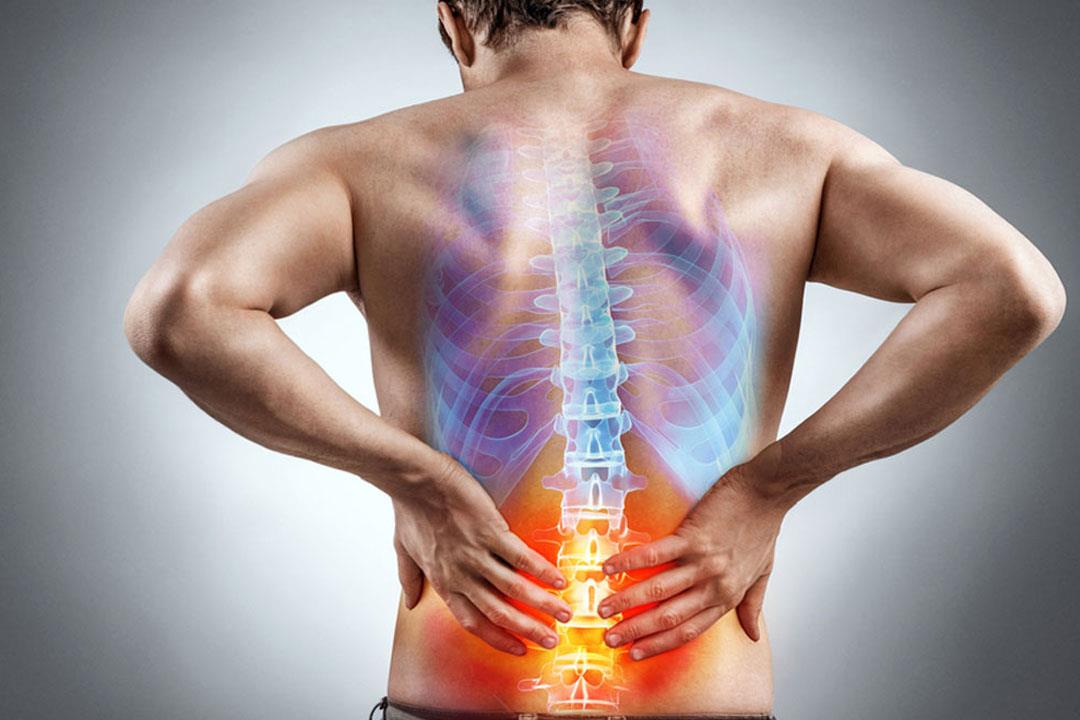
What is the Cost of Spinal Disc Surgery in Egypt?
Spinal disc surgery is one of the surgical procedures needed by some patients in certain cases, and this procedure is performed to relieve pain and improve the condition of the spine. Some expenses may be incurred when performing this procedure in Egypt, such as hospital costs and surgical tools. The cost of spinal disc surgery in Egypt varies depending on the type of surgery, medical diagnosis, cost of clinics, and necessary medical equipment and supplies. However, the average cost of some types of spinal surgery procedures in Egypt is estimated as follows:
- Spinal Canal Stenosis: The price of this procedure usually ranges from 25,000 to 70,000 Egyptian pounds.
- Vertebral Column Fixation: The cost of this procedure ranges from 30,000 to 60,000 Egyptian pounds.
- Herniated Disc Treatment: The price of this treatment ranges from 25,000 to 70,000 Egyptian pounds.
- Scoliosis Treatment: The cost of this treatment ranges from 400,000 to 500,000 Egyptian pounds.
Learn about the successful track record and dedication of Dr. Amr Amal in providing outstanding medical care and improving patients’ health.
How to Choose the Best Spine Doctor in Egypt
Choosing the right doctor is crucial for receiving specialized and effective medical care. Finding the best spine doctor in Egypt may seem like a daunting task for some. In this guide, we will provide you with some important tips to help you make an informed and confident decision when it comes to your final choice:
- Experience and Education: Experience and education are key factors in evaluating a spine doctor. Check the doctor’s qualifications and medical education, including specialized courses and training. Additionally, make sure the doctor has sufficient experience in treating spinal diseases and injuries.
- Reputation and Reviews: You can learn about the doctor’s reputation by reading reviews and feedback available on electronic platforms and medical websites. Look for positive feedback and good references that may indicate the doctor’s competence and skill.
- Specialization: Ensure that the doctor has a specific specialization in treating spinal diseases and injuries. You may need to inquire about the specific areas the doctor focuses on and whether they have expertise in those particular areas that may be relevant to you.
- Communication and Approach: Good communication and approach with the doctor are important for mental well-being. Ensure the doctor’s communication style and ability to explain things, listen to your concerns, and answer your questions in detail and clearly.
- Technology and Equipment: Make sure the doctor uses the latest technologies and medical equipment in diagnosing and treating spinal diseases. You may want to inquire about the facilities and hospitals the doctor collaborates with and whether they have the necessary equipment to provide high-quality service.

